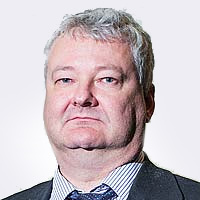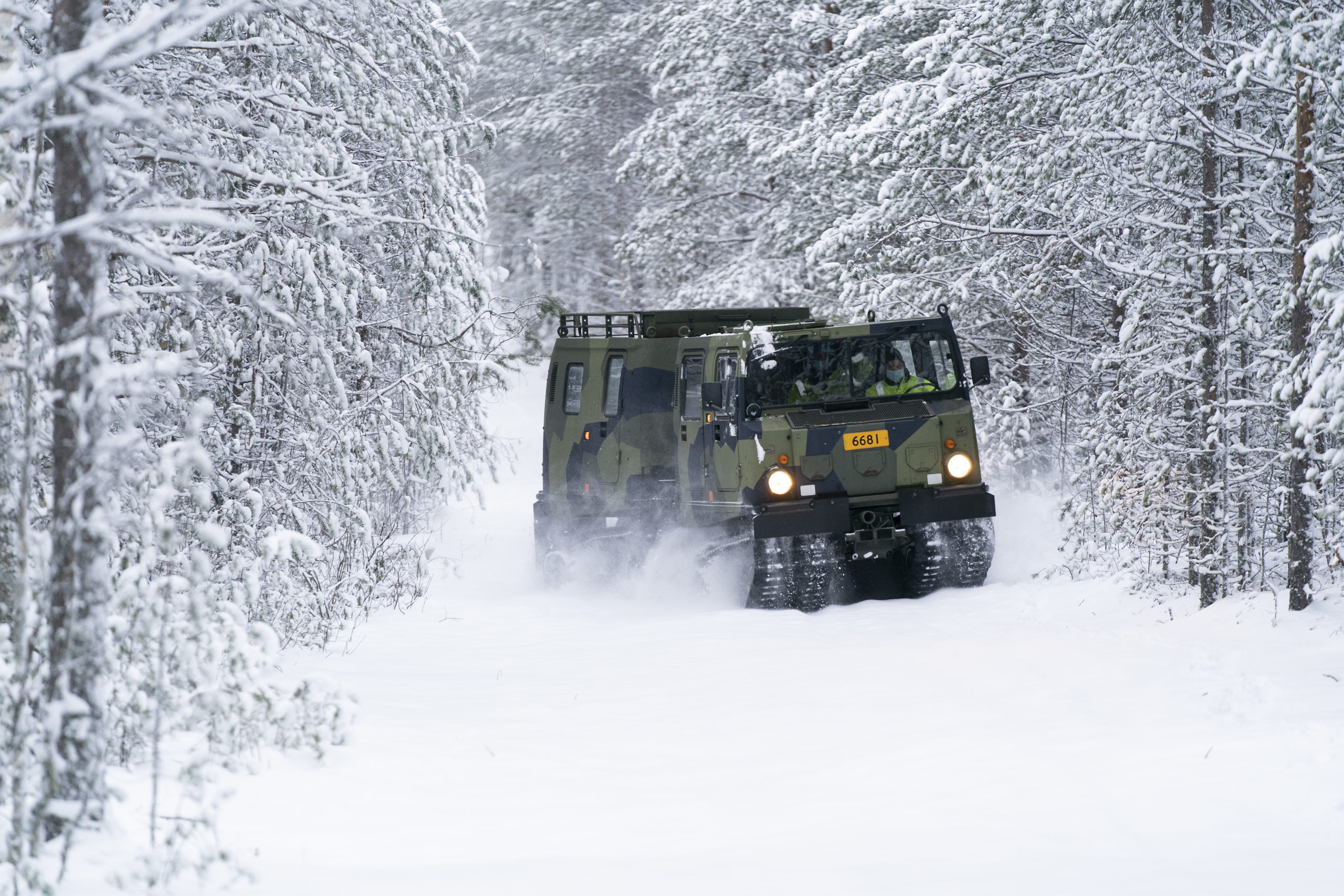A project involving the nationalisation of tracked articulated all-terrain carriers produced by the Swedish manufacturer Hägglunds and imported to Finland from Norway has been in progress in Tervola for almost a decade. The project has been a success for Millog, the Finnish Defence Forces and taxpayers alike.
The project began in 2012 when the Finnish Defence Forces signed a contract for the purchase of a fleet of used Hägglunds BV206 D6N carriers from Norway. The contract also included an option to buy more units later. Delegations of representatives from the Finnish Defence Forces and Millog made around 10 visits to Norway to hand-pick the vehicles that would be imported to Finland over several years.
One of the key people involved in the project was Engineering Officer, Major Juha Humalajoki, who now heads the Mobility Unit of the Army Systems Section of the Finnish Defence Forces’ Joint Systems Centre. Back when the contract was signed, he was in charge of the maintenance of tracked articulated vehicles as well as for coordinating their use and servicing at the Finnish Defence Forces. He was also the Project Manager for ensuring the availability of tracked articulated vehicles.
“The team in Tervola was generally very competent and we were able to trust that Millog would get things done as agreed.”
Major Juha Humalajoki, Engineering Officer
“Our visits were always intensive, and we tried to make sure that the same people always came along to keep the inspection protocol the same every time. There were elements in the inspection protocol that affected the price of the vehicles, which is why consistency was so important”, Humalajoki explains.
Humalajoki’s right-hand man in the project was Engineering Officer, Captain Kai Harju, who ultimately brought the project across the finish line when Humalajoki moved on to other tasks.
Years of fine-tuning the process
By 2020, hundreds of tracked articulated vehicles had been converted to Finnish specifications. Hannu Sarajärvi, who worked as a Department Manager in Tervola at the start of the project, was involved in planning Millog’s role together with Humalajoki and represented Millog on the visits to Norway.
“This was a straightforward job for us, as we had been servicing similar vehicles since 1989. Converting the tracked articulated vehicles to the Finnish Defence Forces’ specifications and bringing them into compliance with Finnish regulations went smoothly, and the process needed very few tweaks over the years. The vehicles were loaded onto an articulated transporter lorry in Norway and imported to Finland as regular cargo shipments approximately once a week”, he says.
The nationalisation works in Tervola were performed by a team of around 10 people. According to Raimo Tumelius, who was Unit Manager in Tervola at the start of the project, the careful preparations made by Humalajoki and Sarajärvi allowed the team to get to work quickly.
“Our procedures became more established and our routines more efficient over time, which naturally also increased productivity. Work on the vehicles started well, and we had a good supply of parts right from the beginning. Our mechanics are very much to thank for the efficient implementation of the project”, he adds.
Nice, steady work
Janne Lindström and Mikko Hurtig were two of the mechanics in Tervola who spent the entire duration of the project working exclusively on the imported vehicles. They kept the same high standard throughout and never showed any signs of getting bored of doing the same job day in, day out. According to Lindström, he never felt trapped in the project.
“It was nice, steady work, something that I know well and do not have to think too much about. It was no different from any other job”, he says.
Lindström, who started work in Tervola in 2008, remembers a steady stream of vehicles coming in for commissioning and “Finlandisation” during the project. The original technical manuals had been translated into Finnish for the mechanics.
“There is always something that you know could be done more efficiently. For example, we devised a number of new tools, which our machinists made for us based on our designs. There were no big surprises, however. Every now and then someone from the Finnish Defence Forces would come over to ask for our advice – we help each other out on a daily basis”, Lindström says.
Coming in under budget
All members of the project team were pleased with how well everyone worked together and how smoothly the project progressed. According to Tumelius, the exchange of information was particularly frequent at the beginning of the project, and the project team brainstormed for solutions to problems together. Sarajärvi is especially grateful for Humalajoki’s foresight to secure funding for the project as soon as the contract for the vehicles was signed.
“We had the funds for labour, parts and materials in place even before the work began. It helped us to stay on schedule throughout the long project. The execution of this project has been perfect from the perspective of Millog, the Finnish Defence Forces and taxpayers alike”, Sarajärvi says.
Humalajoki is also satisfied with the way the project progressed: the targets set for the project were met, and the project actually came in under budget.
“Even through budget cuts we were able to stick to our original plan for almost 10 years. There were a few issues here and there, but nothing that could not be overcome. There was no need to plan every detail ahead of time, as the team in Tervola was generally very competent and we were able to trust that Millog would get things done as agreed”, he says.
Ask for more information

